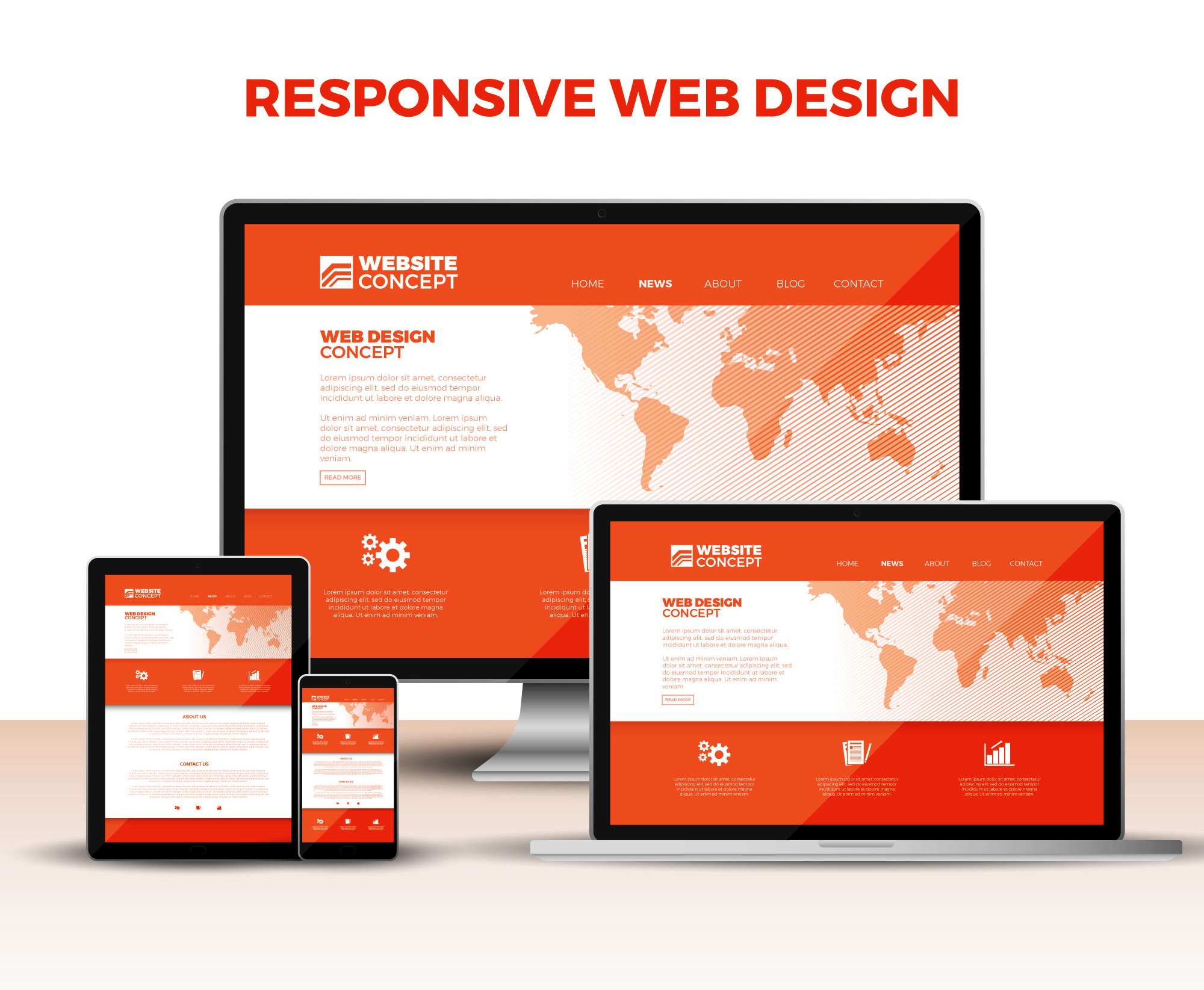In recent years, widespread digital transformation across business industries has changed how companies operate and provide services. This change is now apparent in banks and insurance carriers, which have mostly relied on legacy systems to manage their business operations.
A growing number of customers are now going online to compare insurance offers, take out new policies, and make insurance claims. Many customers also prefer to manage their existing policies on a digital insurance platform that can easily be accessed on computers and mobile phones. Though customers still seek personal assistance from insurance agents, it’s clear many of them demand convenient digital options that cater to their needs.
To keep up with the evolving market, traditional insurance companies must adopt a digital-first strategy. Current legacy systems are becoming too costly to maintain in a constantly connected world. These systems can no longer accommodate emerging digital innovations that are essential for improving insurance services. To embrace full digital transformation, insurance companies must overcome different barriers to modernize their operations.
In this article, we will walk you through five common challenges that insurance providers face in implementing a digital-first strategy.
Integrating New Technology into Existing Systems
Insurance companies have existing processes in place to run their operations, such as collecting customer information, writing policies, settling claims, and storing customer data. Integrating new technology into current operations takes time and involves proper training. This means dedicating resources to standardize processes and train employees to operate new tools efficiently. The process is usually slow, especially because traditional insurance companies do not have adequate experience with digital technology.
For many businesses, technology updates are typically carried out over long periods of time. This often takes years because of existing systems that need continuous service and maintenance. Once an insurance company has implemented its updates, new solutions are already available in the market. This challenges insurance providers to adjust more quickly by using highly adaptable digital systems to stay abreast with the latest business innovations.
Lack of Speed to Deliver New Services into the Market
Today’s customers demand more flexible services that are often satisfied by a range of digital solutions. Thus, insurance companies must bring these services to market faster. But because digital implementation timelines take longer for insurance companies, customers might think their insurance provider is unresponsive and not customer-oriented. For this reason, insurance providers must prioritize efforts to accelerate digital implementation and gain trust from dissatisfied customers.
The ability to roll out new products and services faster is a significant advantage. Digital technology allows insurance providers to develop new products based on data they can acquire from digital platforms. With access to more customer data, they can create insurance products that are tailored for specific customer demographics. Insurance providers will also have the ability to offer more flexible coverage for their policyholders.
Improving the Customers’ Digital Experience

Insurance carriers must face the challenge of designing websites and mobile apps that provide excellent customer experience. This entails working with developers to create interactive, user-friendly interfaces for both older customers and digital natives (customers who grew up using digital devices). Digital platforms and websites must function and reflect what the insurance provider stands for.
Furthermore, insurance companies must devote resources to maintain their websites and apps. As an example, large banks invest IT budgets for quality assurance (QA) testing to ensure that their digital platforms are free of bugs that may cause lower conversion rates. Insurance companies must also make regular updates on their platforms to keep their customers well-informed about the latest products and services.
High IT Run Time Cost before Migrating to Digitally Enhanced Systems
Insurance providers that use legacy systems face high IT run time costs to maintain their operations. This is more costly when they try to implement new sales strategies that are not compatible with their current legacy system. But even with the high run time cost, it may take a while for an insurance provider to adjust to a new digital system without relying on old processes and additional IT support.
Thus, it’s crucial to invest in training and implementation plans to update business operations. This not only speeds up digital transformation but also increases organizational confidence in embracing change. The sooner an insurance carriers adopts an agile digital platform, the faster it can minimize its IT run time cost. With streamlined digital capabilities, insurance companies can automate core business procedures, improve claims processing, and provide better insurance products. Overall, it improves operational efficiency while enhancing services.
Analyzing a Large Volume of Customer Data
Using digital platforms enables insurance carriers to access a large volume of customer data. Customer data is consolidated into one organized core platform. However, with data that is available for employees in one system, a new challenge emerges for insurance providers: Ensuring that the entered information is complete and accurate. Incomplete insurance data may result in approving the wrong type of insurance claim, which causes a further delay for customers.
In the insurance industry, there are nuances to customer data that must be accounted for properly. This information must be interpreted in the same way by every employee to avoid mistakes. While complex artificial intelligence (AI) technology can help efficiently process customer data, this is still in its nascent stages (though it will improve in the coming years). To address this challenge, insurance providers must delegate personnel to check and manage their master data.
Digital transformation is a process that companies must now embrace. It will take time and resources, but it is a necessary investment that helps your business thrive in the long-term. There will be challenges to implementing change. Therefore, we hope the items mentioned above can help prepare your organization for a smooth digital transition.









